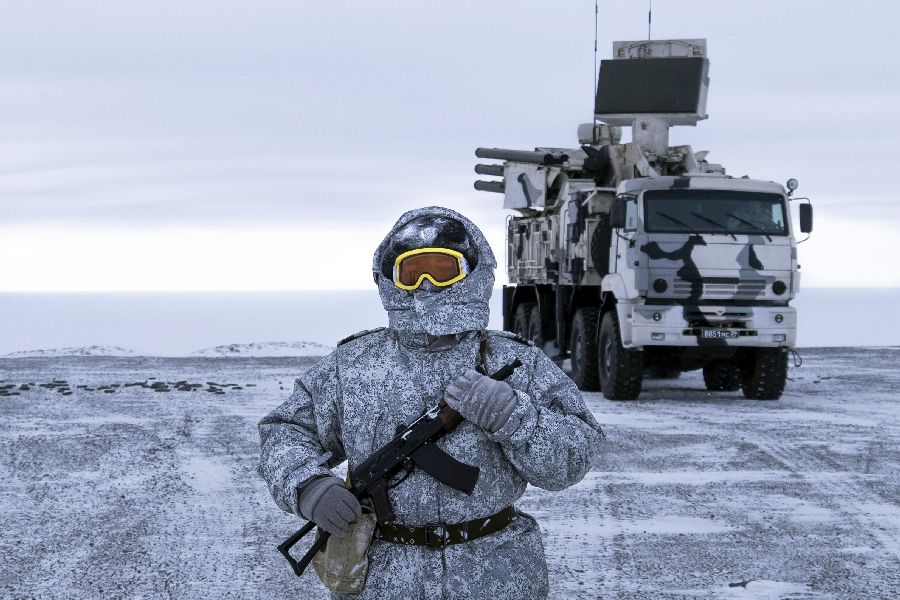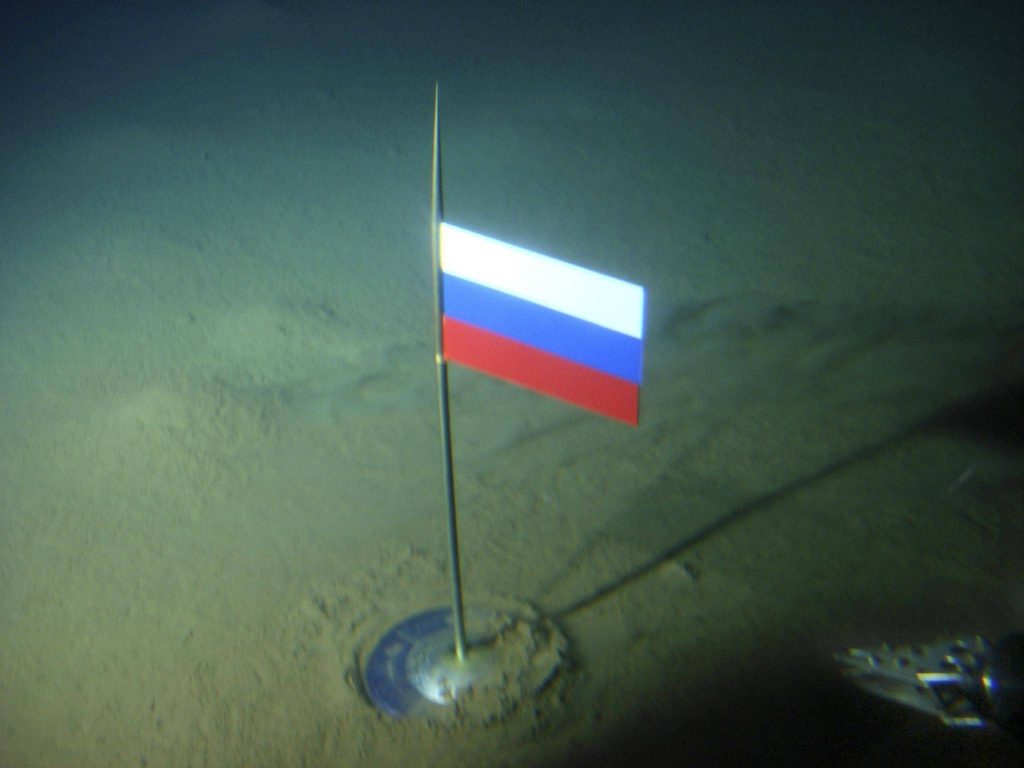
Note: Students in Dr. Hannah Chapman’s Spring 2020 Havighurst Colloquium, “Russia and the World,” completed final projects where they assessed Russian relations with the West, East, North, and South. This is the third project, from students responsible for studying Russia and the North.
By Quinn Riley, Seth Kraman, Hannah Seckman, and Zachary Strauss
Russia’s relationship with the Arctic is undoubtedly complex. Russia is not the only nation that lays claims on the Arctic as part of its sphere of influence. Indeed, Denmark, Norway, Canada, Iceland, Sweden, Finland, the U.S. and Russia are all recognized by UNCLOS as Arctic nations. However, Russia’s foreign policy priorities in the Arctic are reflective of Russia’s desire to achieve global and regional superpower status. In this article, we identify the five things you need to know about Russia’s relations with the Arctic:
- Russia seeks peace in the Arctic… through military presence
Russia’s Arctic Strategy in 2008 and again in 2013 reiterated their desire to maintain peace and cooperation in the Arctic. However, these official statements should not be understood without proper context. Russia laid a symbolic claim to the Arctic by placing a Russian flag at the North Pole in 2007. The lag was placed two and a half miles below the North Pole on a sea-bed that contains billions of dollars worth of natural gas and oil reserves. Additionally, Russia’s military presence in the Arctic remains robust.


- Russia needs the Arctic for natural gas
The Arctic contains vast amounts of petroleum, which fuels the world’s production amounting to a tenth of all oil and a fourth of all natural gas. The Russian Arctic alone contributes around 80% of that oil and virtually all natural gas. Research suggests that a large amount of undiscovered petroleum still remains in the Arctic. Considering the continued use and value of fossil fuels, securing the position as the world’s petroleum provider for the future is vital to the success of the Russian economy.
- Russia’s domestic situation inhibits meaningful investment in the Arctic
Russia’s domestic situation impacts its ability to develop the necessary infrastructure to garner natural resources from the Arctic. While Russia is projected to run out of its own natural gas and oil reserves in the next 50 years, Russia also lacks the financial wherewithal to develop its oil and gas abilities. Russia sees the Arctic as an uncharted opportunity to get natural resources at the expense of competition from NATO allies and the far-East. However, Russia must be prepared to evaluate budget priorities to make this a feasible goal.
- Continental shelves and maritime borders complicate Russian claims to sovereignty in the Arctic
Borders within the arctic region are an item of dispute between countries that surround it. A policy passed by the UNCLOS allows extended continental shelves of up to 350 nm from their original baseline. Without concrete barriers in the region there is some amount of uncertainty in regards to who has control of what. This may be a problem for Russia because if they feel their territory is being threatened, they may increase military presence and increase tensions.
- Russia wants more trade to traverse through their Arctic waters
The Northern Sea Route is a trade route developed by Russia that passes through the Bering Strait and traverses north of the Siberian coast to carry goods from Asia to Western Europe. The NSR provides a 40% shorter sailing distance in comparison to using the Suez Canal for trade between Asia and Western Europe, and climate change effects on the Arctic ice cap allow for a lower cost for use of the route. Reducing the cost of entry for users of the NSR will increase demand and value of maintaining the route. Trade dependent nations like China can make big savings through the NSR, providing leverage for Sino-Russian relations.
